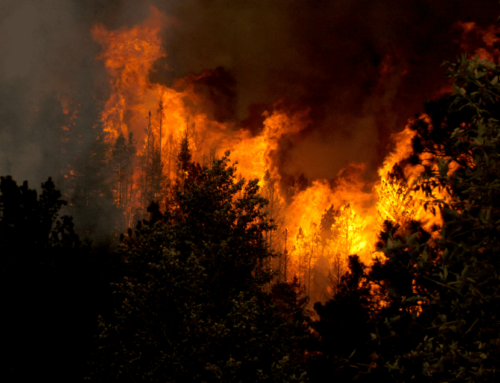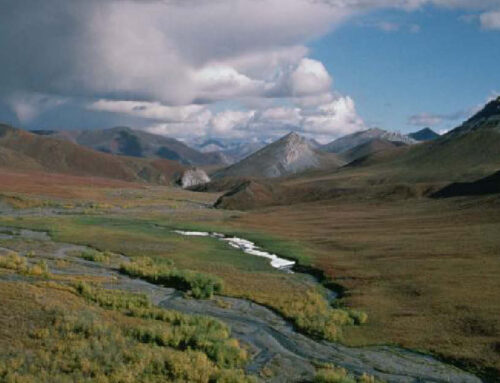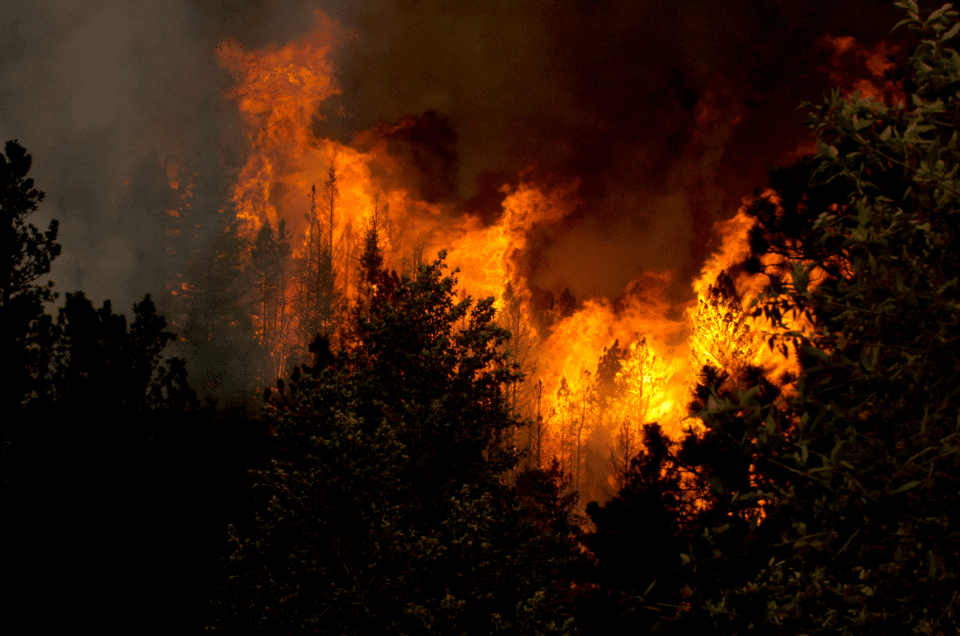 about
about
Oil and Gas Leasing in the Arctic National Wildlife Refuge
1. The first oil and gas lease sale in the Arctic Refuge sold less than half of the 1 million acres offered, while the second sale received no bids.
On January 6, 2021, the Department of the Interior (DOI) held the first auction for leases to develop oil and gas in the Arctic National Wildlife Refuge (ANWR). Of the 1.1 million acres available, only 440,000 acres eventually sold. On January 8, 2025, the DOI announced it had received no bids for the second federal lease sale, which offered 400,000 acres.
2. Proponents of oil and gas development in the Arctic Refuge promised $1 billion in federal revenue – but taxpayers received less than 1% of that.
Oil and gas leasing in the Arctic Refuge was authorized by the 2017 Tax Act to generate $1 billion in revenue. The first lease sale—the only one that attracted bids—generated just $8.2 million for federal taxpayers. After two companies later rescinded their leases, federal receipts dropped further to $6.7 million.
3. There is little industry interest in exploring and developing oil and gas in the Arctic Refuge.
Only two private companies participated in the first ANWR lease sale, both of which rescinded their leases in 2022. Two other companies, Chevron and Hilcorp, exited their existing claims in the Arctic Refuge’s nonfederal lands in 2021. Exxon Mobil also informed investors it has no plans to pursue exploration activities in ANWR. Additionally, major U.S. and international financial institutions—including Wells Fargo, Goldman Sachs, Morgan Stanley, Citibank, and Chase—and numerous insurance companies have pledged not to finance or insure oil development in the Arctic Refuge.
4. There are no active federal oil and gas leases in the Arctic Refuge.
On September 6, 2023, the DOI rescinded the remaining seven federal leases in the Arctic Refuge. These leases, held by the Alaska Industrial Development and Export Authority (AIDEA), a public corporation of the State of Alaska, were the last from the January 2021 auction. The DOI cited serious flaws and legal deficiencies in the analysis underpinning the lease sale. Meanwhile, the January 2025 lease sale failed to attract any bids.
5. Taxpayers risk greater losses if leasing in the Arctic Refuge continues.
The 2017 Tax Act (P.L. 115-97) mandated at least two lease sales in the Coastal Plain: one by December 2021 and another by December 2024. However, given the demonstrated lack of industry interest and poor revenue prospects, taxpayers are unlikely to benefit from future sales. Instead, they face potential environmental liabilities and cleanup costs associated with drilling activities.

 about
about









Get Social